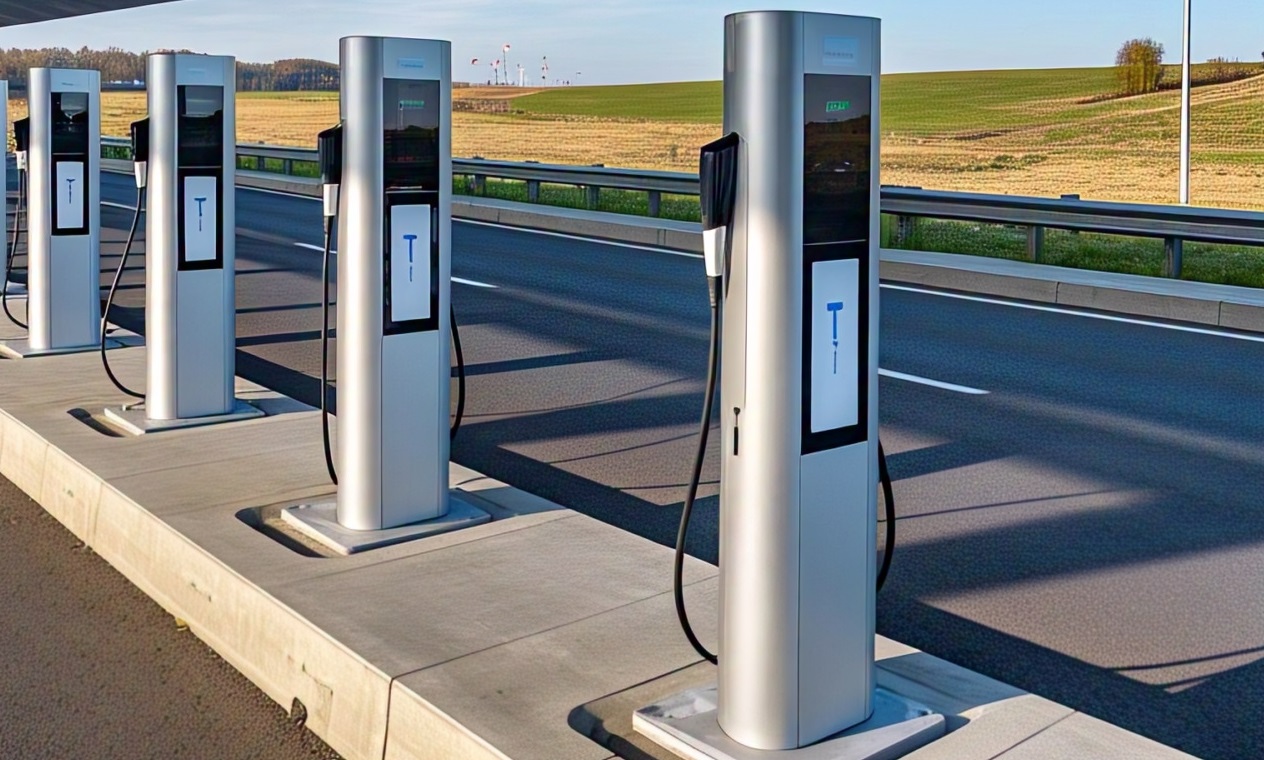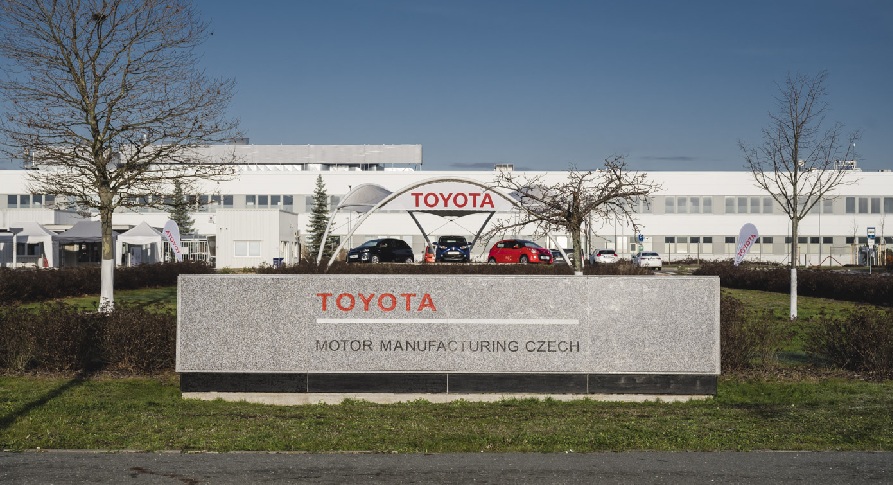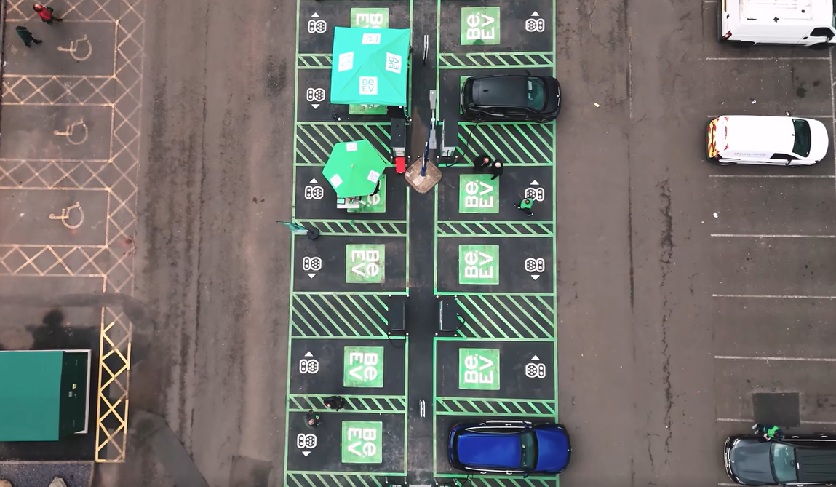The New Mobility Association (PSNM) has published the latest data from the “AFIR Counter”, a study that outlines Poland’s progress in complying with the European Union’s Alternative Fuels Infrastructure Regulation (AFIR).
The study reveals that although the charging infrastructure is expanding – with the country now hosting over 930 charging points along the TEN-T network – the sector is still developing far too slowly.
According to the data, Poland has met only 13% of the core TEN-T network requirements for passenger car and van charging.
“In theory, Poland’s charging infrastructure already has a solid ‘reserve’ capacity in relation to AFIR regulations. However, it’s important to consider that the minimum power level required by AFIR depends on the number of electric vehicles in the fleet,” explains Jan Wiśniewski, Director of the PSNM Research and Analysis Centre.

As it stands, the total fleet of battery-powered passenger cars in Poland numbers around 80,000 units.
In 2024, France registered a similar number of new electric cars in just three months, and the Netherlands achieved the same in three quarters of the year.
“Therefore, Poland’s current AFIR compliance is not the result of an exceptional pace of infrastructure expansion, but rather due to a relatively small electrified fleet and the early-stage development of the e-mobility market,” Wiśniewski adds.
AFIR stipulates, among other things, the need to deploy charging areas for passenger cars and vans (each with a total power output of at least 400 kW, and by 2027, at least 600 kW) at intervals no greater than 60 km along the core TEN-T network in each direction of travel.
Considering the current density of charging areas along TEN-T segments located in Poland, the figures are not particularly promising.
For the core network, AFIR obligations for 2025 and 2027 are currently met at approximately 13% and 6%, respectively.
Compared to the previous edition of the AFIR Counter at the end of 2024, this represents an increase of only two percentage points in each category.
For the comprehensive network, the compliance rate remains at 0%.
AFIR also sets targets for infrastructure for electric heavy-duty vehicles (eHDVs).
For example, by the end of 2027, charging areas with a capacity of at least 2,800 kW each must be deployed along half of the core TEN-T network.
By 2030, each of these areas should reach 3,600 kW in capacity.
At present, the achievement level of these targets in Poland stands at 0%.
Public charging points for electric lorries are currently operational in just three locations, which are spaced too far apart to meet AFIR requirements.
“The main aim of the two new support programmes launched by the National Fund for Environmental Protection and Water Management on 31 March is to significantly accelerate infrastructure expansion along the TEN-T network and thereby meet the obligations set by AFIR,” explains Aleksander Rajch, board member of PSNM.
The total budget of four billion euros should enable the launch of several hundred new charging points and the high-power connections needed to supply them.
“The process of recruiting and building co-financed infrastructure projects takes years, so meeting the obligations set for 2025 is, in practice, no longer possible,” Rajch notes.
He continues: “If both programmes are properly coordinated and connection procedures are improved, we have a chance to make significant progress toward the targets for 2027 and especially for 2030.”
“It’s important to remember that even the currently low level of AFIR compliance doesn’t mean that electric car drivers on Polish motorways and expressways are unable to charge their vehicles.”
By the end of March, the number of public access points along the Polish sections of the TEN-T network had risen to over 930, representing a 37% year-on-year increase.
“In the context of AFIR, the key issue remains the insufficient density of infrastructure,” laments Rajch.
READ MORE
-
Italy welcomes ABB’s new 50 kW charger: First C50 units installed at Il Castagno outlet
The installation, completed in early June, is part of ABB E-mobility’s Early Adopter Program (EAP), a global initiative aimed at gathering real-world insights to refine new products in their intended environments.
-
Czech Republic in focus: Toyota to build its first electric vehicles in Europe
Toyota is expected to begin production at its new megacentre in the Czech Republic from 2028. Once fully operational, the facility is projected to produce around 100,000 EVs per year.
-
Be.EV installs 16 ultra-rapid chargers at Gallagher Retail Park
The site offers 150 kilowatts charging facilities within a 50,000 sq ft retail park that features major brands such as Decathlon, Costa and B&M.










